
Hope and Practice: Jay Tracy
While gardening in Arizona, I discovered the snake melon and carosello cucumbers as well as many other muskmelons that, for millennia, have been cultivated as delicious cucumbers.
Read More
While gardening in Arizona, I discovered the snake melon and carosello cucumbers as well as many other muskmelons that, for millennia, have been cultivated as delicious cucumbers.
Read More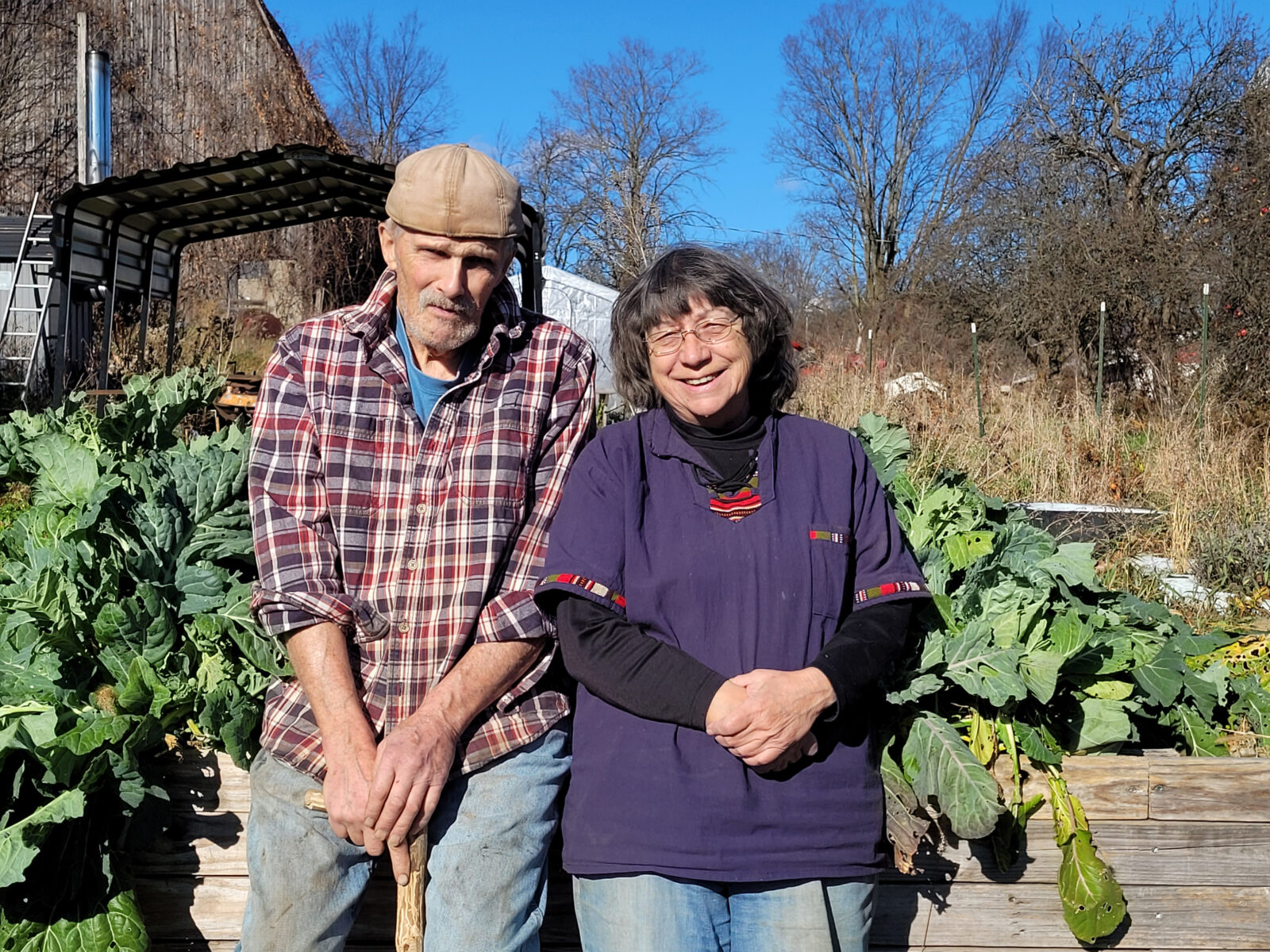
My fascination with seed diversity started when I saw a colorful display of dry beans in one of the seed catalogs I had requested.
Read More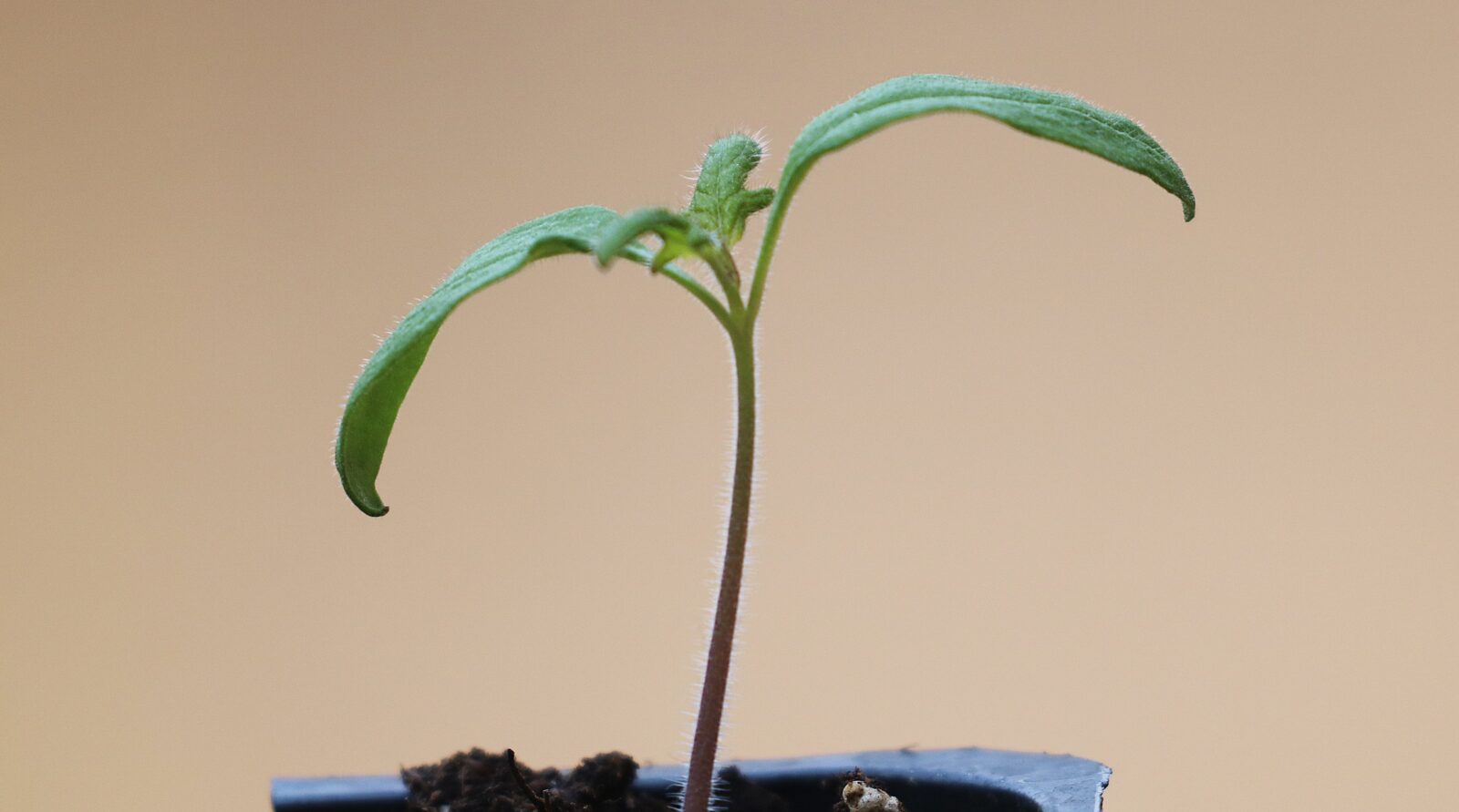
What?! I have to toss some of these perfectly healthy seedlings I worked so hard to start? Which do I save and which do I not? That is the reaction of many a new gardener upon first learning that thinning seedlings is a necessary step to ensure healthy growth of plant starts. The reality is that, if left in crowded environs, your seedlings will eventually suffer.
Read More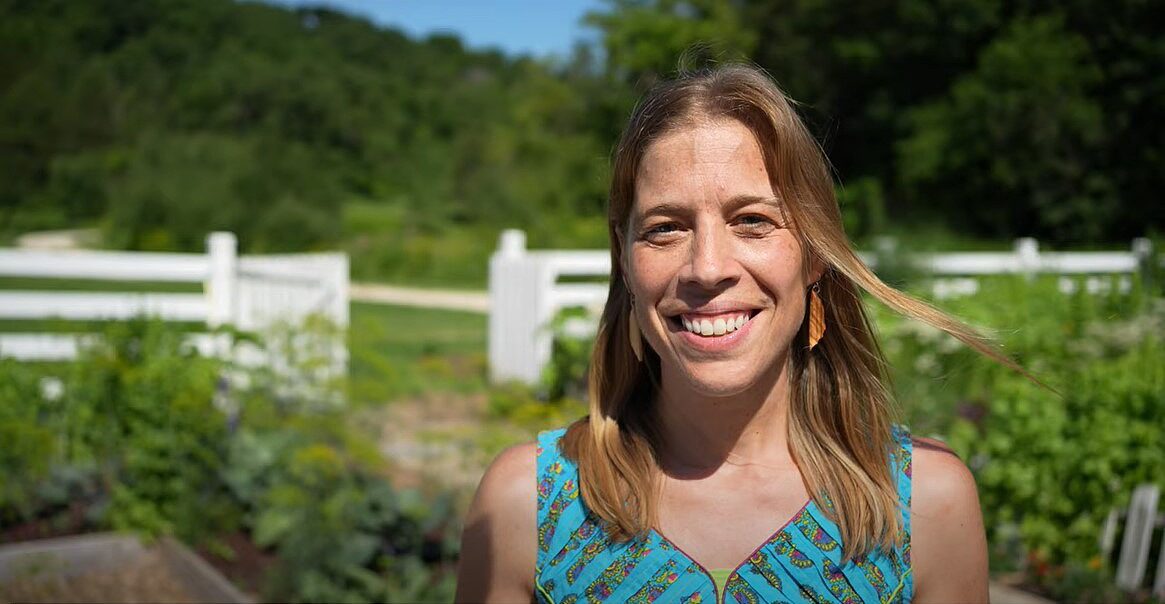
Jeanine Scheffert, an artist native to Decorah—and Seed Savers Exchange’s education and engagement director for nearly a decade—looks at a project (any project) like a canvas, full of opportunity and potential.
Read More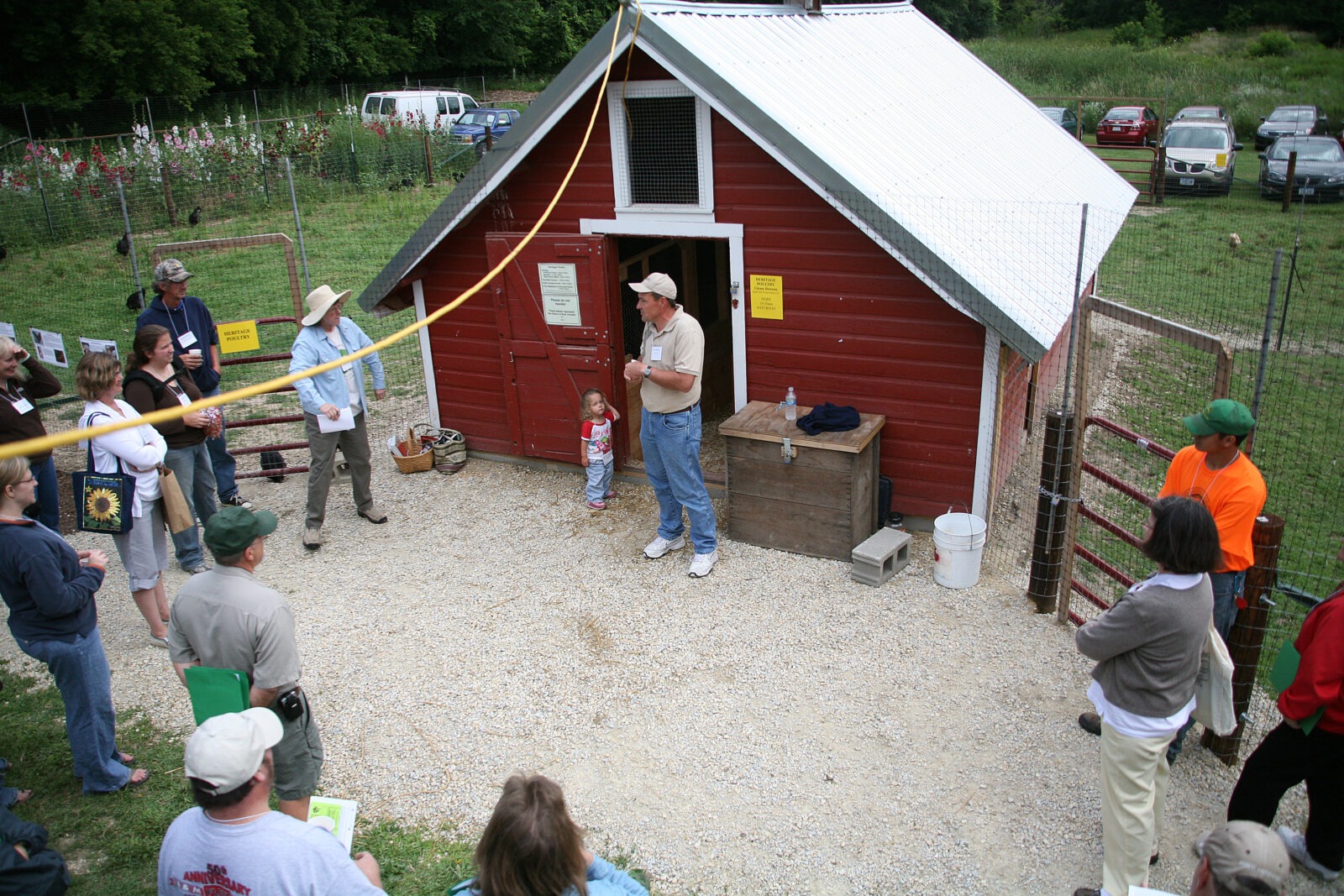
It seems like just yesterday when I first stumbled across a small advertisement in the back of a magazine in the fall of 1978. The ad was plain and simple: “Send $3 for a copy of the Seed Savers Exchange list of members and seeds.”
Read More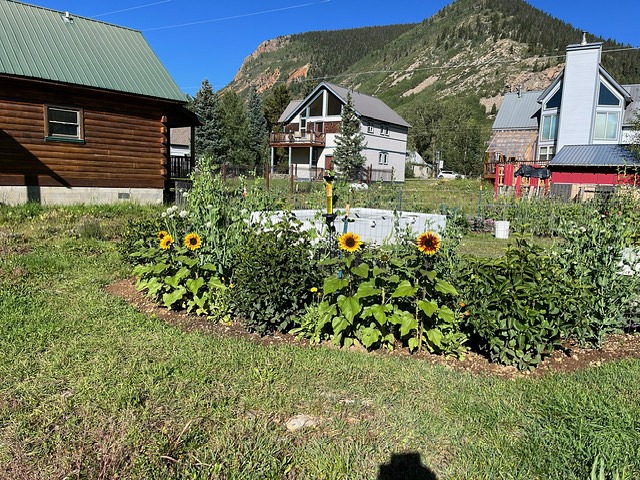
I’ve been a Seed Savers Exchange member since about 1980, but I didn’t join the Exchange until three years ago, when I offered two tomato varieties from my garden in Silverton, Colorado.
Read More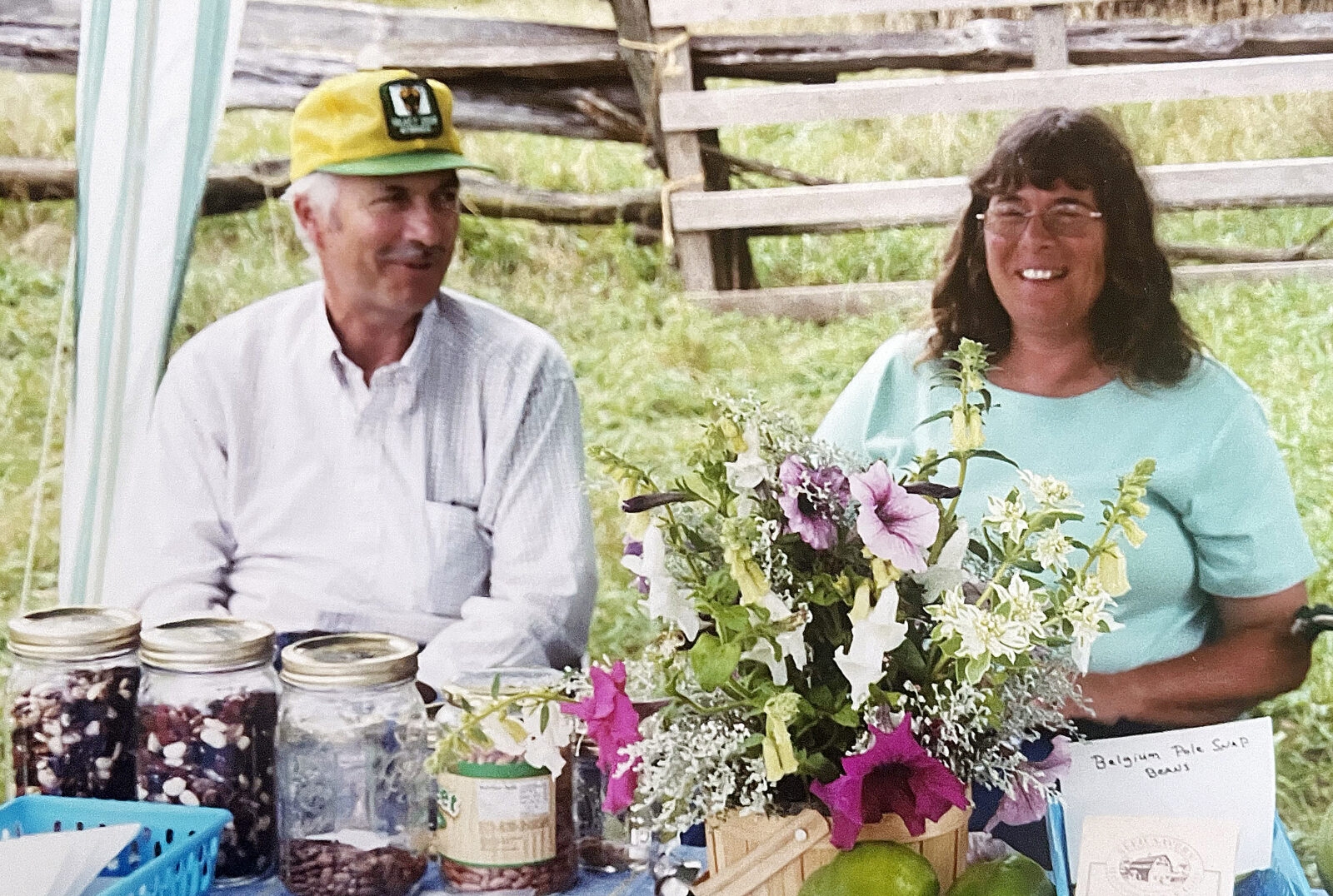
I’m a lifelong gardener and plant nut. I started saving seeds in the early ’90s when my favorite ‘California Giant’ petunias started disappearing from catalogs and the local store that carried the seeds closed.
Read More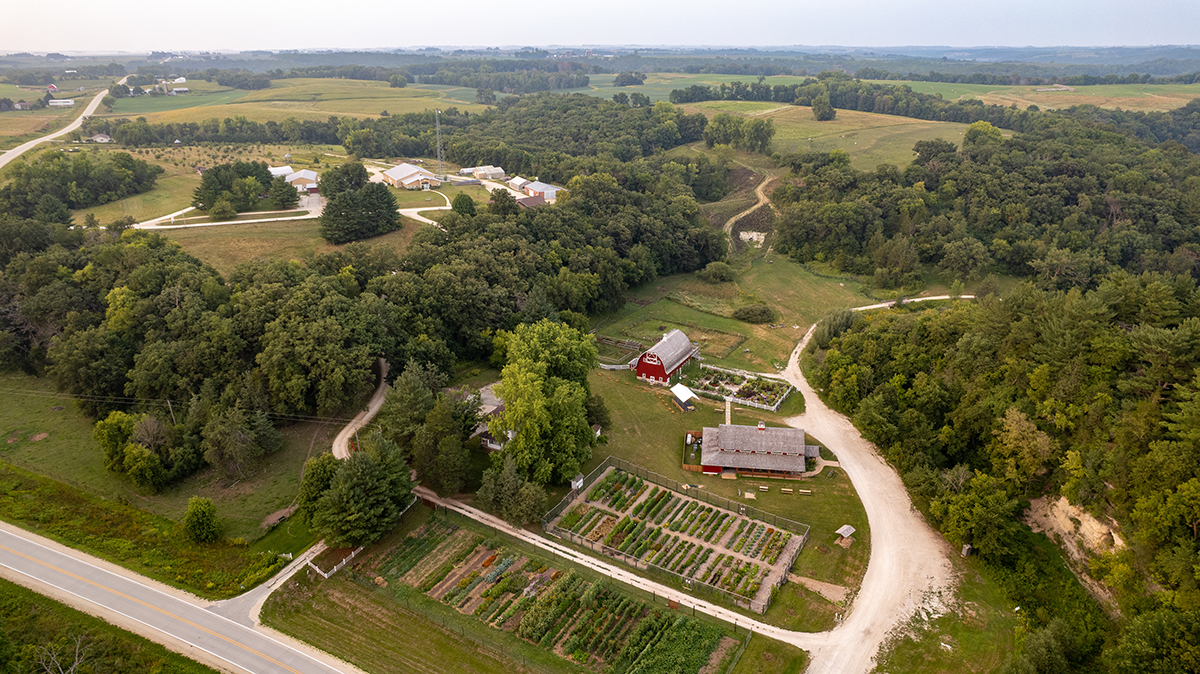
We are committed to creating an inclusive and accessible event environment for all attendees. We strive to provide an event that is welcoming, accommodating, and supportive of diverse accessibility needs. Watch this space as more information will be added as it becomes available.
Read More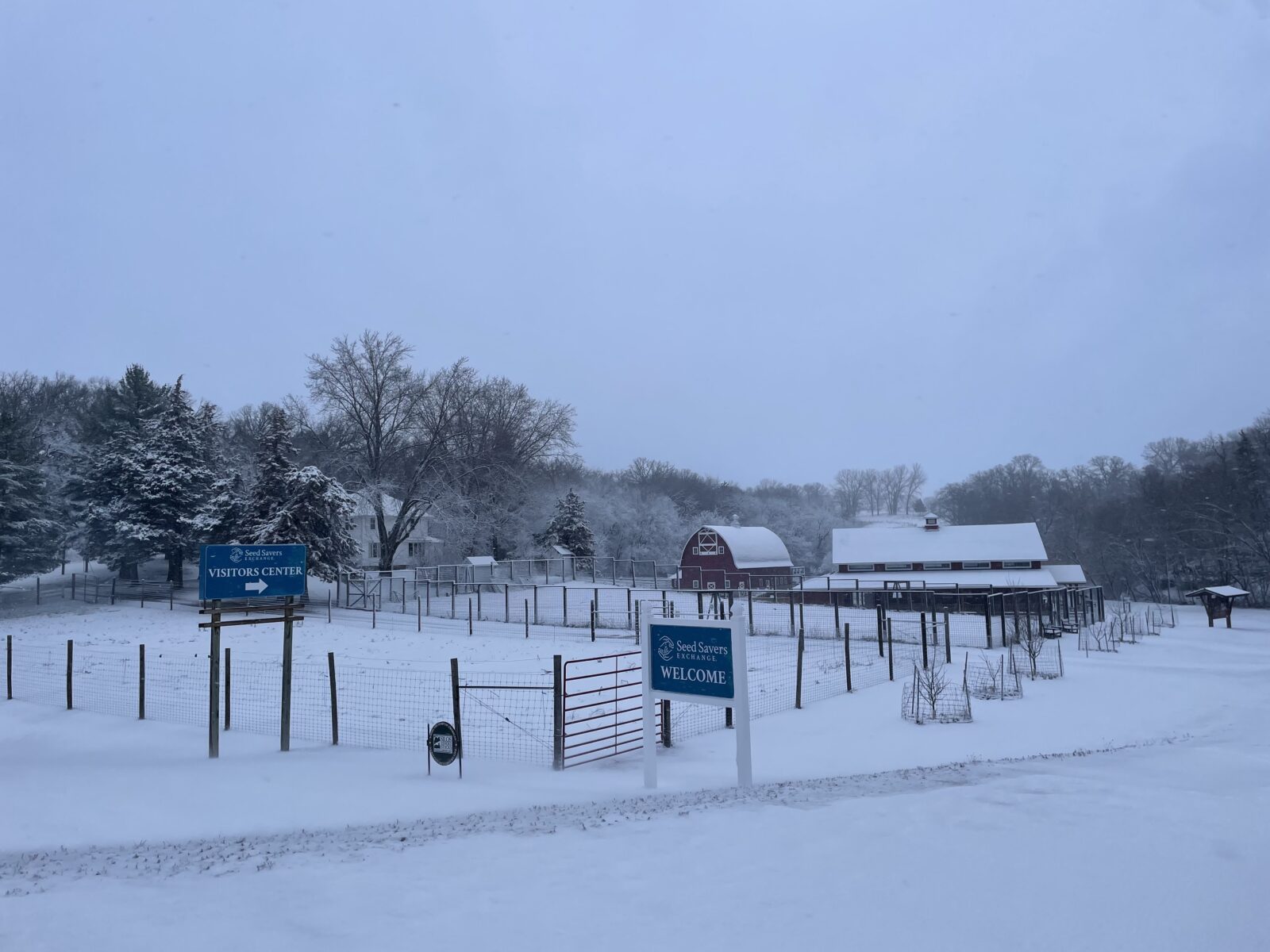
Did you know that there are certain seeds that you can sow when the temperatures are still cool and there’s still snow on the ground?
Read More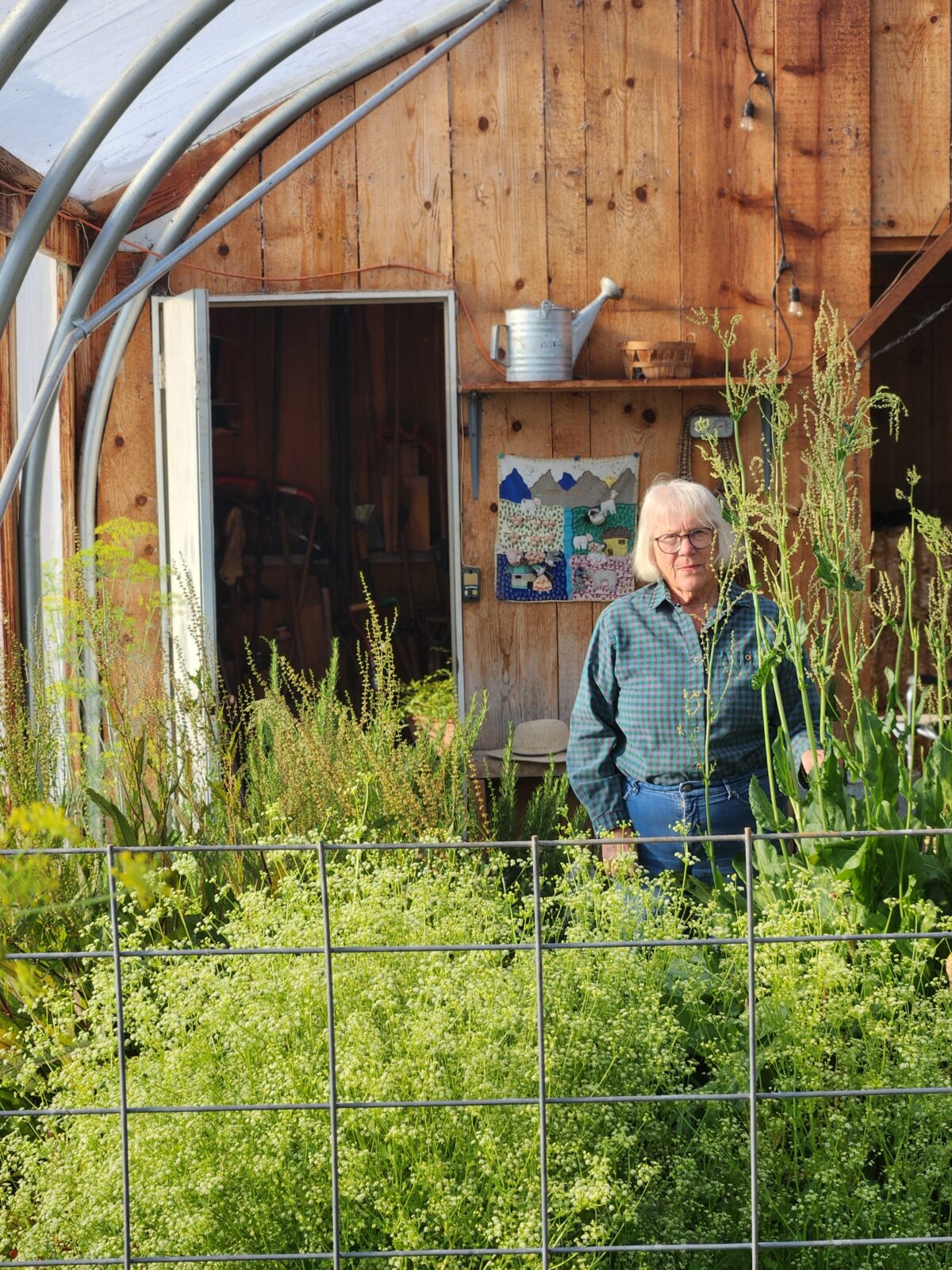
If you stop by Kay Antúnez de Mayolo’s farmstand at Modoc Harvest’s Food Hub and farmer’s market, on the Great Basin’s western edge in rural northern California, she might sell you “regular” lettuces or tomatoes and let you be on your way.
Read More